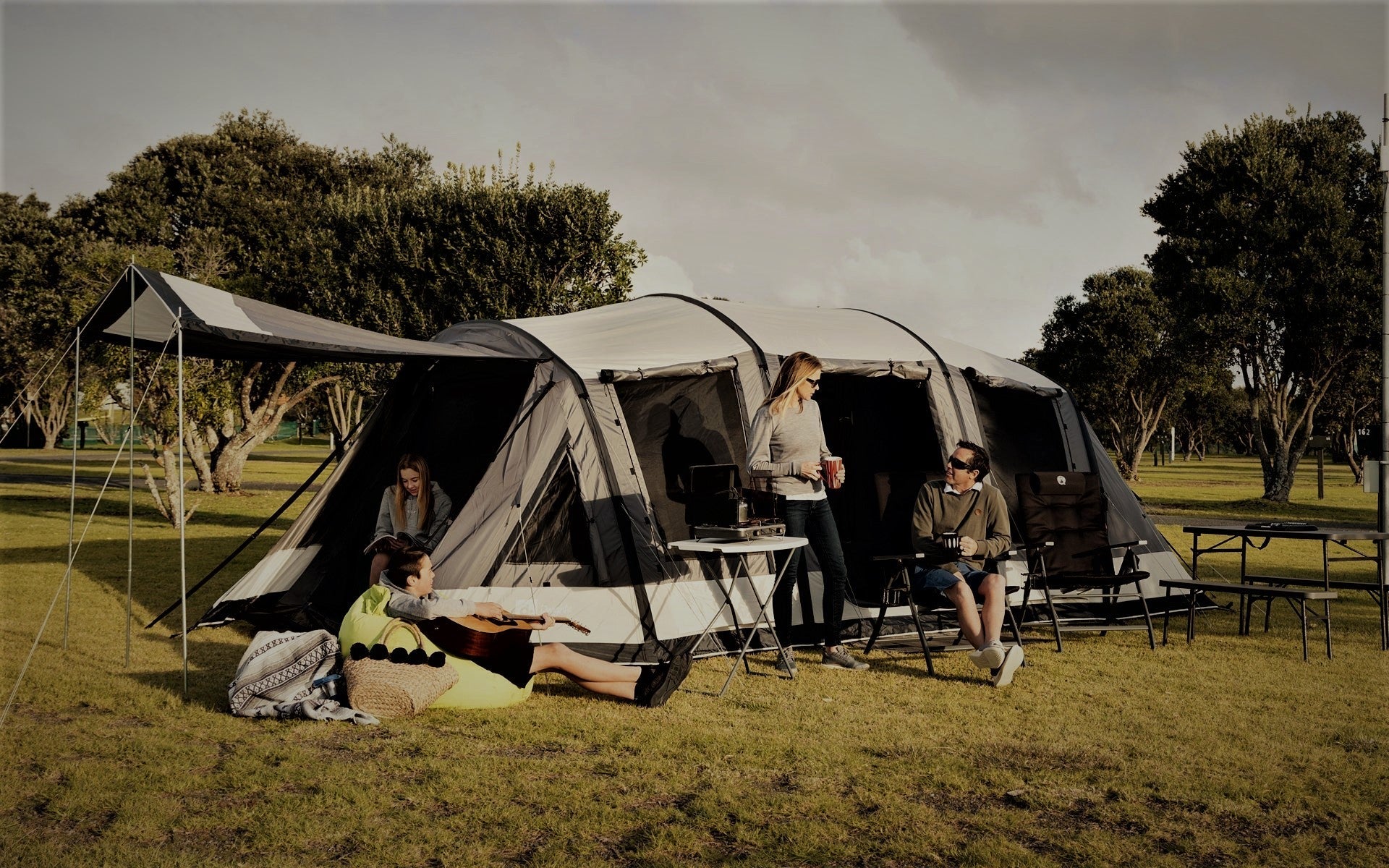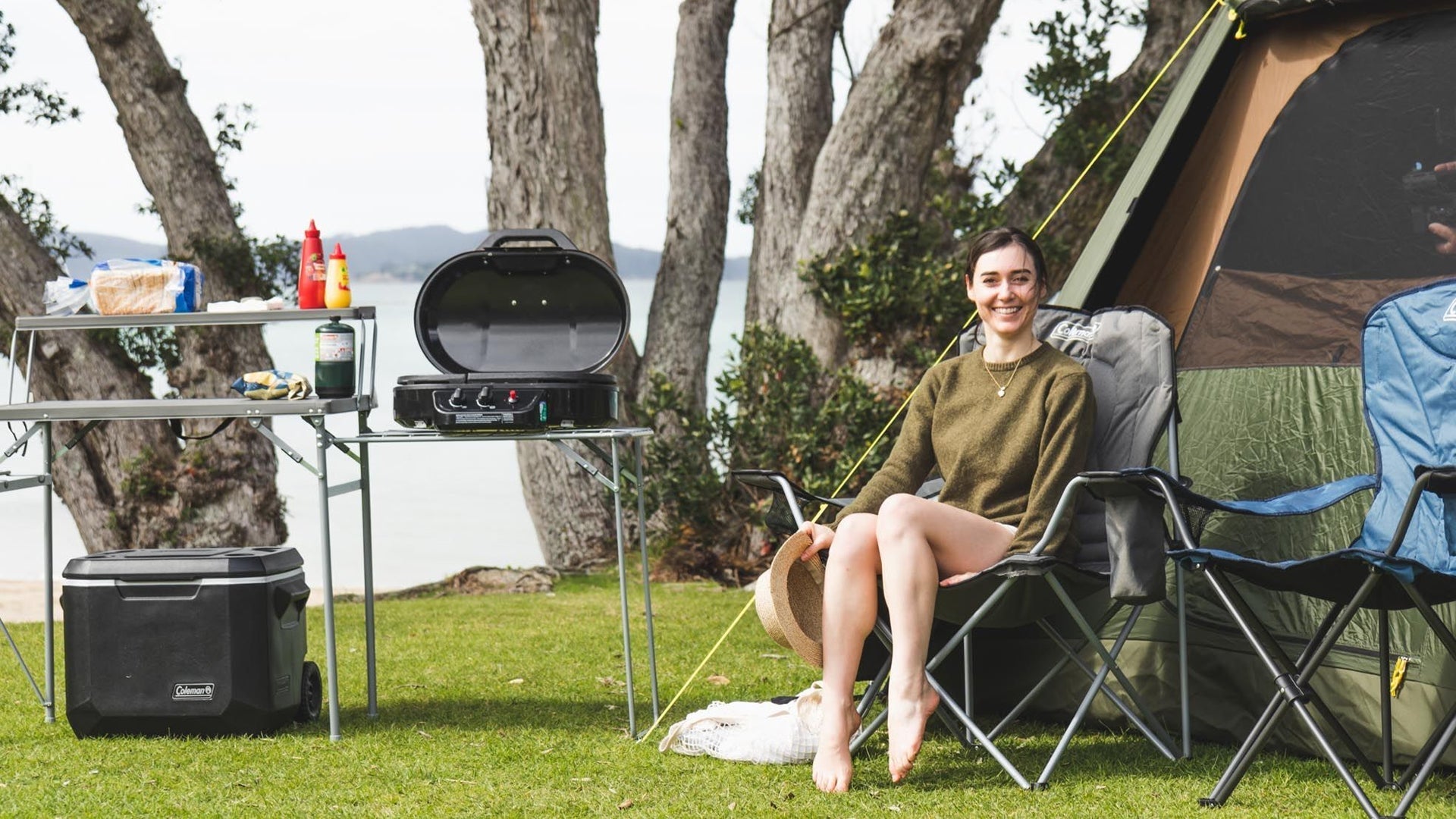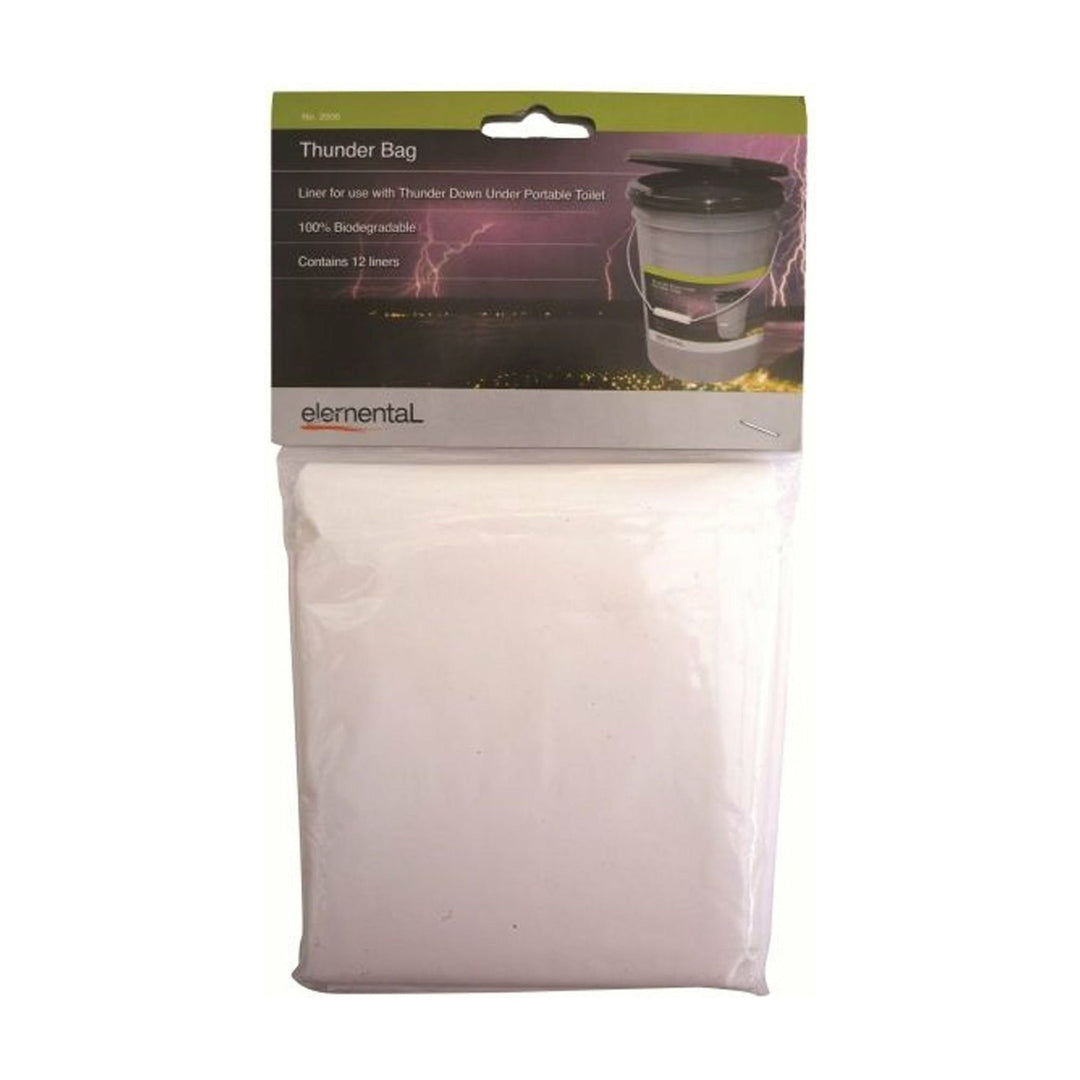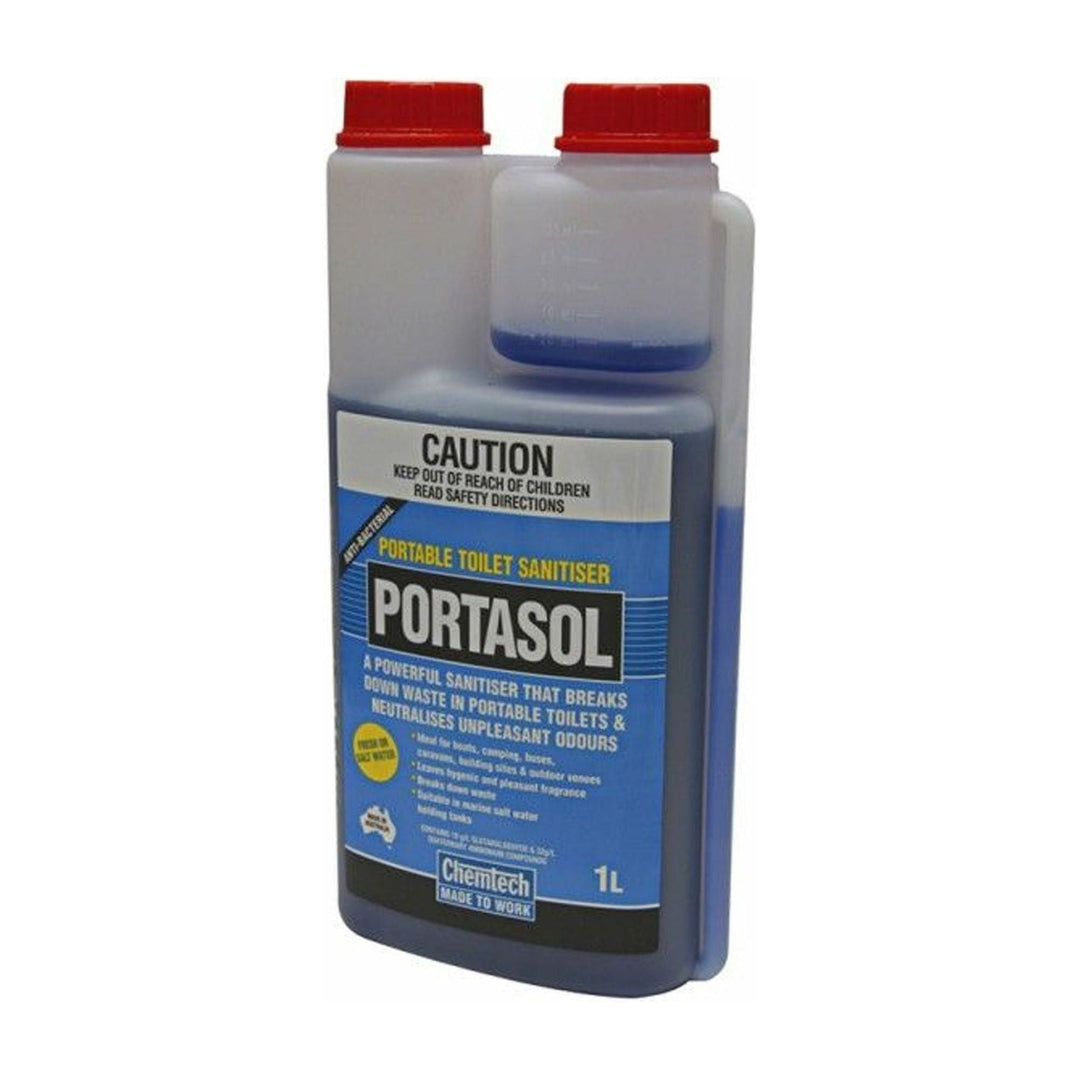Getting The Best Camping Toilet in New Zealand
Going camping in New Zealand has become easier than ever with numerous innovations taking place in the camping equipment manufacturing industry at breakneck speed. Nowadays, camping no longer requires one to rough it out in the great outdoors, from spacious tents and gazebos to soft and comfortable air beds, all sorts of creature comforts are available to the modern camper in the 21st century.
Need to Answer Nature's Call While Out Camping? No Problem!
For the longest time, people who were desirous of going camping in nature to recharge themselves weredeterred by the thought of relieving themselves in the wild. The lack of privacy and water along with concerns about health and hygiene prevented many people from going out and exploring the many natural treasures of New Zealand. That’s when the portable toilet in NZ was developed. Achemical toilet in NZ, also known as a portable toilet in NZ or a camping toilet in New Zealand, in its most basic form, consists of a waste-holding tank and makes use of certain chemicals to deodorise and treat the waste that gets collected. There are also many other types of camping toilets with more advanced features available in the New Zealand market which one can consider, based on one's budget. Browse through the Dwights website and have a look at our selection of quality portable toilet chemicals and other accessories and be tension-free on your next camping trip!
























